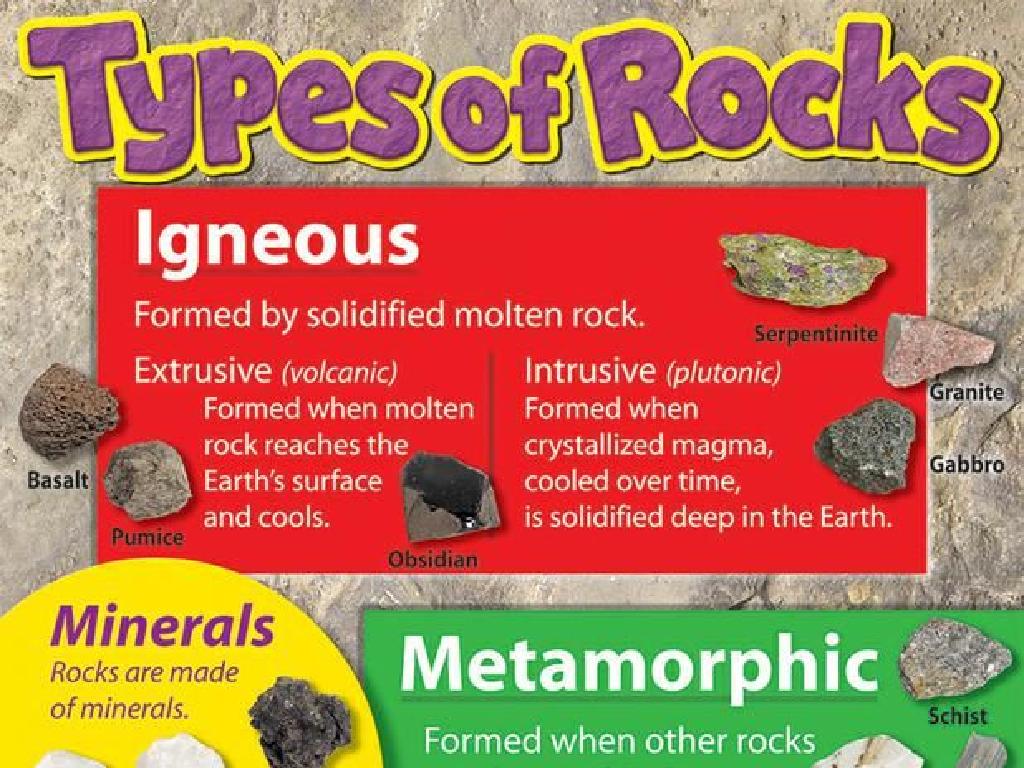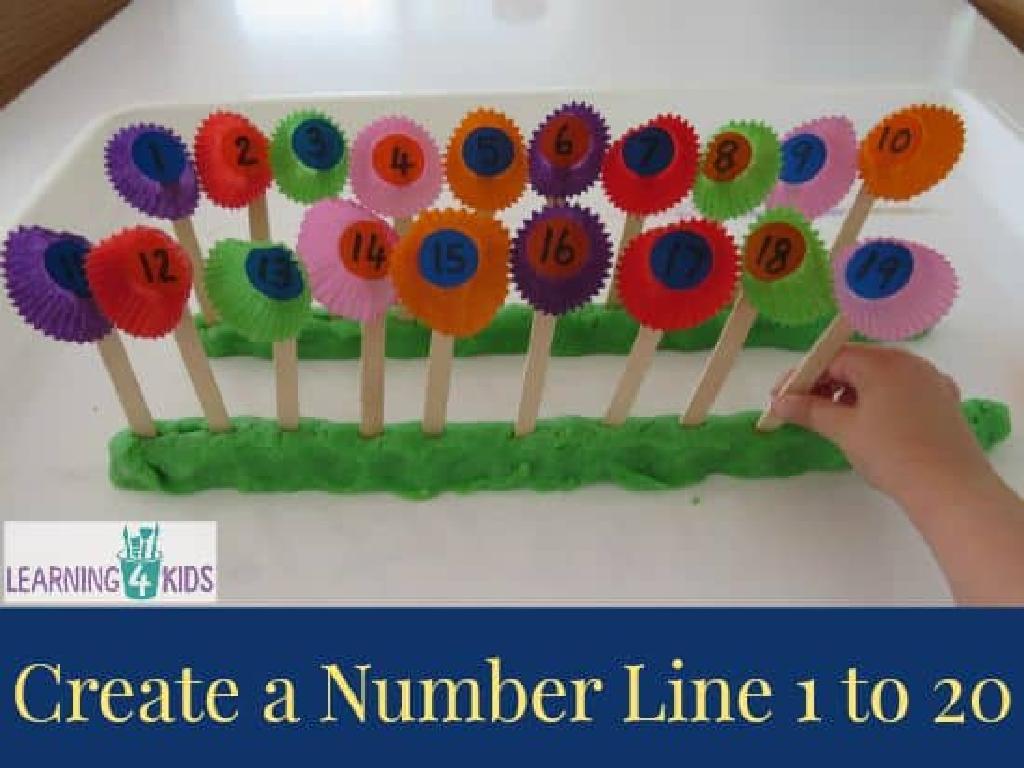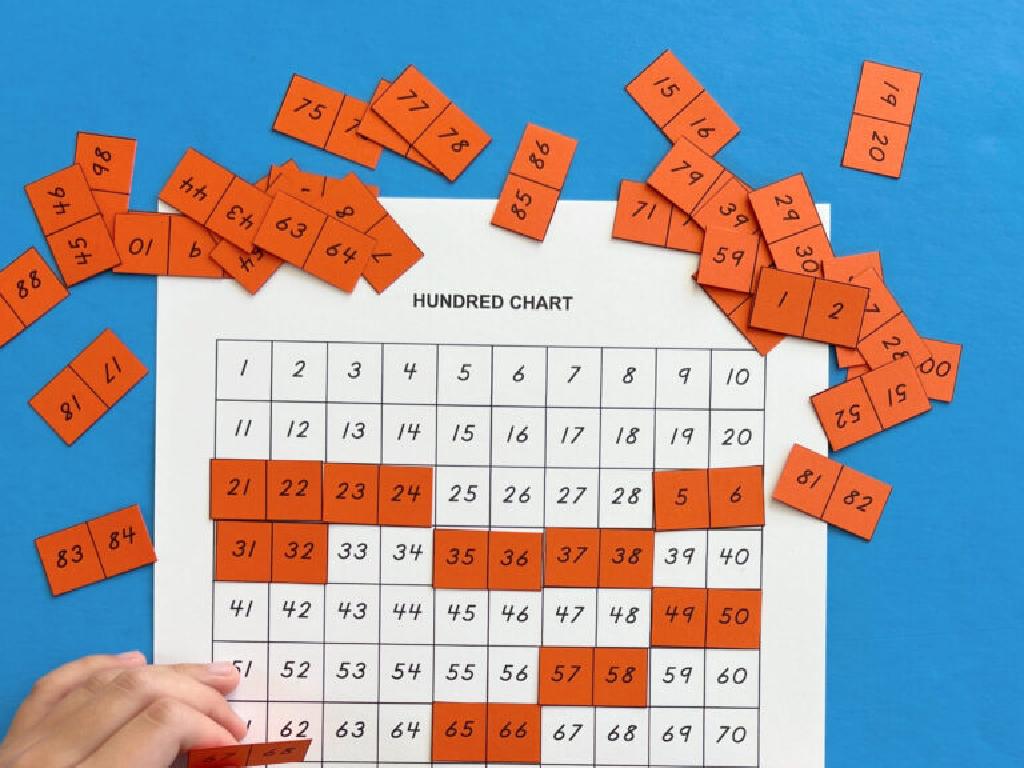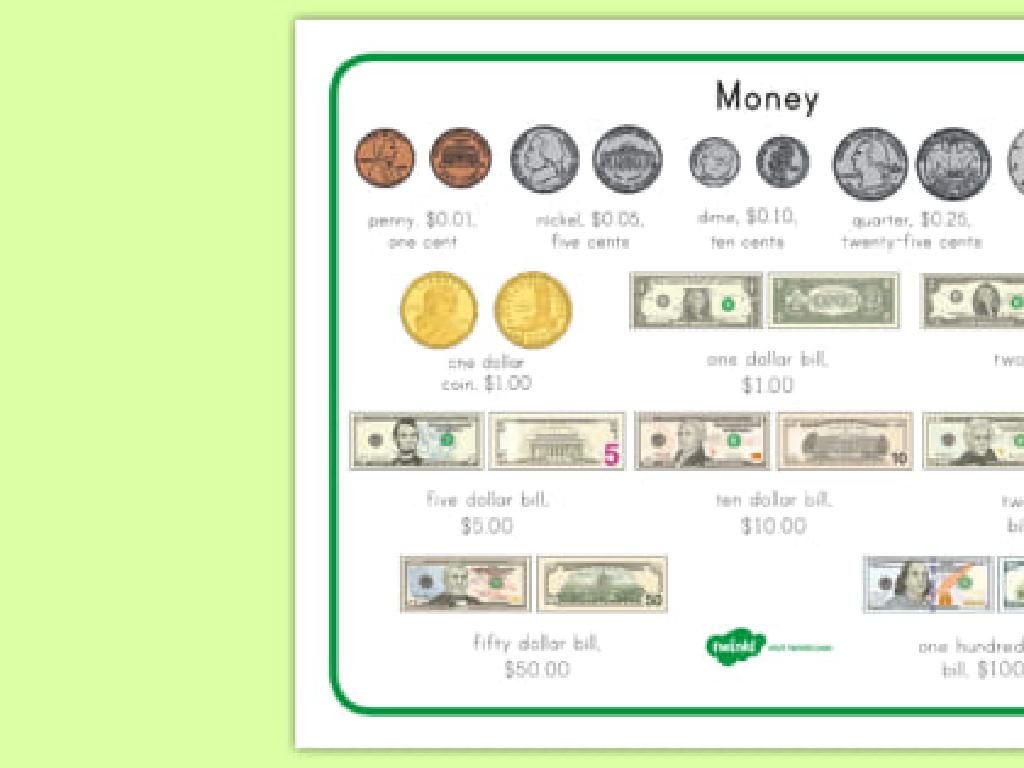Bodies Of Water
Subject: Science
Grade: Second grade
Topic: Earth'S Features
Please LOG IN to download the presentation. Access is available to registered users only.
View More Content
Exploring Bodies of Water
– Learn about water bodies
– Name bodies of water you know
– Examples: Ocean, river, lake
– Discuss why water is vital
– Water is home to animals, plants
– Importance for Earth
– Water is essential for all life
|
This slide introduces the concept of bodies of water as part of Earth’s features. Start by engaging the students with a question about bodies of water they are familiar with to encourage participation. Explain that bodies of water come in various forms, such as oceans, rivers, and lakes. Emphasize the importance of water for sustaining life on our planet, not just for humans but for animals and plants as well. Discuss how water is used in daily life, such as for drinking, cleaning, and recreation. Encourage students to think about how they interact with water and its significance in their own lives.
Exploring Bodies of Water
– What are bodies of water?
– Areas where water is collected, like puddles or seas
– Variety in size and shape
– Oceans: The largest bodies
– Oceans cover most of Earth and are very deep
– Rivers, lakes, and ponds
– Rivers flow, lakes are still, ponds are small lakes
|
This slide introduces the concept of bodies of water to second-grade students. Begin by explaining that bodies of water are places where water gathers and can be as small as a puddle or as large as an ocean. Emphasize the diversity in size and shape, from vast oceans to flowing rivers, still lakes, and small ponds. Use visual aids like pictures or videos to help students visualize each type of body of water. Encourage students to think of bodies of water they have seen or visited. The goal is to help students recognize different bodies of water and understand their characteristics.
The Largest Body of Water – The Ocean
– Oceans: Earth’s largest waters
– Cover over 70% of Earth’s surface
– Vast and deep saltwater bodies
– The five oceans of our planet
– Pacific, Atlantic, Indian, Southern, Arctic
|
This slide introduces students to the concept of oceans as the largest bodies of water on Earth. Emphasize the vastness of oceans and their importance in covering most of the Earth’s surface. Explain that oceans contain saltwater, which is different from the freshwater found in lakes and rivers. Engage the class by naming the five oceans together: the Pacific, Atlantic, Indian, Southern, and Arctic Oceans. Use a globe or world map to point out each ocean’s location. This will help students visualize where these bodies of water are and understand their global significance.
Exploring Rivers and Streams
– Rivers: large, flowing freshwater
– Think of the Mississippi River
– Streams: small, flow into rivers
– Streams are like tiny rivers
– Vital for life’s water needs
– They quench thirst and help grow food
– Habitats for plants and animals
– Fish live in rivers, birds by streams
|
This slide introduces students to the concepts of rivers and streams, emphasizing their size differences and interconnectedness. Rivers are described as large bodies of flowing freshwater, with the Mississippi River serving as a familiar example. Streams are explained as smaller counterparts that contribute to rivers. The importance of these bodies of water is highlighted in terms of providing necessary water for all forms of life, including plants, animals, and humans. Additionally, the role of rivers and streams as habitats is touched upon, with examples such as fish living in rivers and birds often found near streams. This slide aims to foster an appreciation for these natural waterways and their significance in the ecosystem.
Exploring Lakes and Ponds
– Lakes: large freshwater bodies
– Surrounded by land, often vast and deep
– Ponds: smaller, may dry up seasonally
– Less deep than lakes, often temporary
– Diverse life in and around them
– Home to fish, insects, birds, and plants
– Importance to ecosystems
– They provide water, food, and habitat
|
This slide introduces students to the concepts of lakes and ponds, emphasizing their size, permanence, and ecological significance. Lakes are typically larger and deeper than ponds and are surrounded by land. Ponds are smaller bodies of water that may dry up at certain times of the year, such as during a drought. Both lakes and ponds are crucial habitats for a wide variety of wildlife, including many species of animals and plants. They play a vital role in local ecosystems by providing water, food, and a place for organisms to live and reproduce. Encourage students to think about any local lakes or ponds they might know and what kind of life they have seen in or around these bodies of water.
The Importance of Bodies of Water
– Homes for aquatic life
– Fish, turtles, and plants live in water
– Used for travel and fun
– Boats sail and people swim for enjoyment
– Source of drinking water
– We drink water from lakes and rivers
– Water for farming
– Farmers need water to grow crops
|
This slide aims to educate second-grade students on the significance of bodies of water in our world. Explain that bodies of water provide a habitat for various creatures, including fish, turtles, and plants. Highlight how we use water for different activities such as transportation, where boats can sail across seas and lakes, and for recreational purposes like swimming. Emphasize the necessity of clean water sources for drinking, which is vital for all life. Lastly, discuss the role of water in agriculture, where it is essential for irrigating crops. Use simple language and examples that are relatable to the students’ everyday experiences, such as visiting a lake or seeing a farm.
Let’s Explore Together: Mini-Lake Activity
– Learn about bodies of water
– Create a classroom mini-lake
– Use a container, water, and natural elements
– Observe like a scientist
– Notice the water’s behavior and properties
– Ask questions during the activity
– What do you wonder about the mini-lake?
|
This activity is designed to give students a hands-on experience with the concept of bodies of water. By creating a mini-lake in the classroom, students can observe the properties of water and learn about the ecosystem of a lake. Provide a variety of materials such as rocks, soil, and plants to make the mini-lake more realistic. Encourage students to ask questions about how the water is contained, how it interacts with different materials, and what might live in a lake ecosystem. This will help them think like scientists and understand the importance of observation and inquiry in learning. Prepare to guide them through the setup, ensure safety with water, and facilitate discussions about their observations and questions.
Class Activity: Create Your Own Mini-Lake
– Build a simulated lake in class
– Add natural elements to the water
– Include rocks, soil, plants, and toy animals
– Observe interactions in the mini-lake
– Notice how each element affects the water
– Discuss our observations together
|
This hands-on activity is designed to help students understand the ecosystem of a lake. Provide a large container and fill it with water to represent the lake. Have students add rocks, soil, plants, and toy animals to mimic a real lake environment. As they work, encourage them to observe how each element interacts with the water, such as soil making the water murky or plants providing shelter for animals. After the mini-lake is complete, lead a discussion about their observations, asking questions about the role of each element in the lake’s ecosystem. Possible activities include: 1) Comparing clear water with murky water after adding soil, 2) Observing how plants may float or sink, 3) Seeing if toy animals can ‘hide’ in the plant life, and 4) Discussing why each element is important for a lake’s health.
Reflecting on Our Water Journey
– Recap of bodies of water
– Discuss protecting water bodies
– Why is it important to keep water clean? What can we do to help?
– Celebrate our learning today
– Encourage Earth’s curiosity
– Keep asking questions and exploring!
|
As we conclude today’s lesson on bodies of water, we’ll revisit the key points we’ve learned about different bodies of water such as lakes, rivers, oceans, and streams. Engage the students in a conversation about the importance of these water bodies and brainstorm ways we can help preserve and protect them, like not littering and saving water. Praise the students for their hard work and remind them to stay curious about the world around them, encouraging them to continue exploring and asking questions about Earth’s features.






